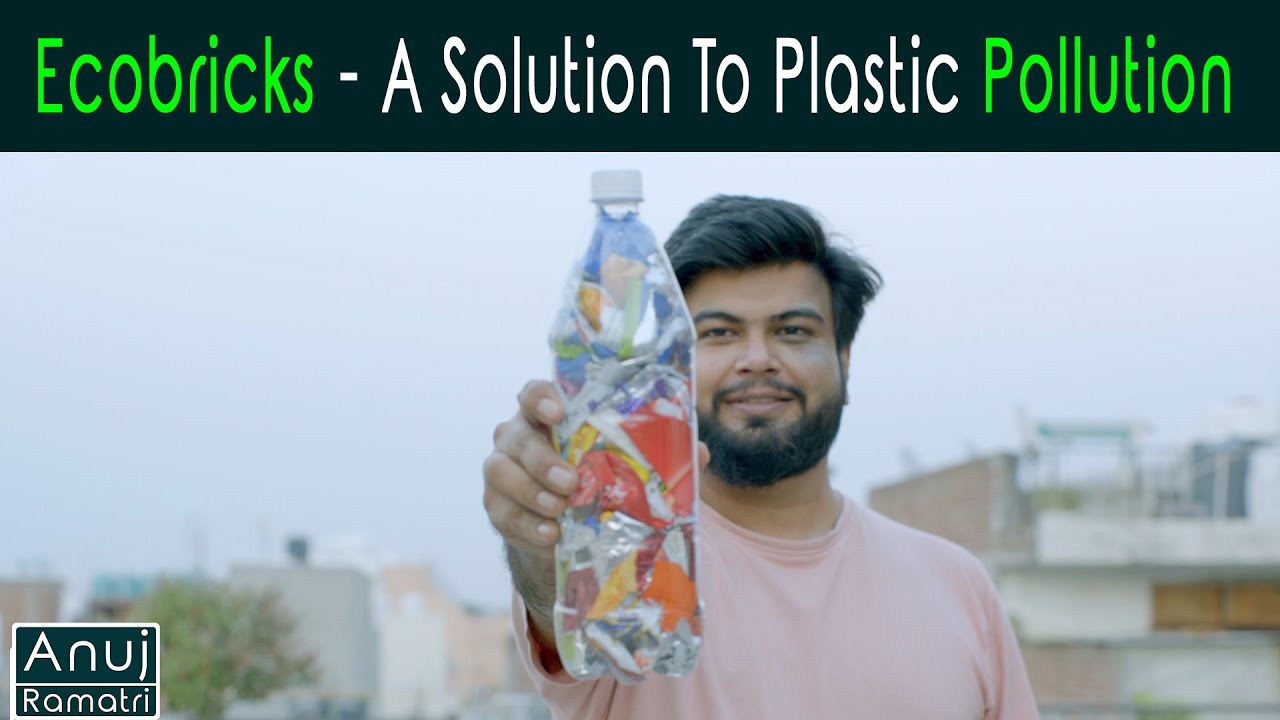Captain Charles Moore on the seas of plastic
Summary
TLDRThe script discusses the proliferation of plastic waste and society's 'throwaway culture'. It traces plastic bottle caps from production to the ocean, where albatrosses mistake them for food. Samples show more plastic than plankton, accumulating pollutants. The solution is preventing plastic from entering the oceans, but our plastic-dependent, convenience-driven society makes that difficult. The message is that our wastefulness has broken the ocean's natural system in likely irreparable ways.
Takeaways
- 😟 After WWII, the concept of "throwaway" consumer goods took hold, with consequences for the environment
- 😠 Plastics are hard to recycle and create persistent waste
- 🚯 Half of plastic produced yearly becomes fast-track trash that enters waterways
- 😢 plastic debris accumulates in oceans, harming marine life that mistakes it for food
- 😠 Bottle caps and plastic fragments concentrate toxins that enter the food chain
- 😢 Albatross chicks are dying with stomachs full of ingested plastic debris
- 😟 Coastal cleanups reveal the scale of ocean plastic pollution from consumer waste
- 😨 Ocean trawls contain more plastic than plankton due to debris accumulation
- 😱 Ingested microplastics transfer concentrated toxins to fish and up the food chain
- 😔 The level of plastic waste entering oceans continues to increase with no solution in sight
Q & A
What was the impact of Life Magazine introducing the concept of 'throwaway' products after WWII?
-Life Magazine promoted throwaway products as a way to liberate housewives from chores like washing dishes. This encouraged a disposable culture and consumerism that led to environmental issues like plastic pollution.
Why is plastic so problematic compared to materials like glass and metal?
-Plastic is more difficult to recycle because it begins to melt at low temperatures, doesn't purify well, and absorbs oily contaminants that aren't removed in the recycling process.
Where does a lot of plastic waste end up and why?
-A large amount of plastic waste makes its way into rivers and oceans. Plastics are lightweight and float easily, allowing them to be carried long distances by currents.
How do deposit fees fail to prevent plastic bottle waste?
-Despite deposit fees meant to encourage recycling, many plastic beverage bottles still end up as litter and make their way into waterways and oceans.
How do plastic bottle caps end up impacting marine wildlife?
-Bottle caps float and end up being mistaken as food by animals like albatrosses, who feed them to chicks. Retainer rings also entangle marine animals.
What is the 'Eastern Garbage Patch' and where is it located?
-The Eastern Garbage Patch refers to the accumulation of floating plastic debris in the North Pacific Ocean, particularly in the Pacific Gyre off the western coast of North America.
How does plastic debris impact marine food chains?
-Small plastic fragments accumulate pollutants and are ingested by fish and other organisms at the base of food chains, causing toxicity.
Why is it impossible to have 'certified organic' wild caught fish?
-Wild caught fish ingest plastic debris and toxins, so no wild fish can be guaranteed free of plastic or pollution making them unable to be certified organic.
What point does Charles Moore make about cleaning up plastic pollution?
-Moore argues that plastic pollution has become too vast and widespread to realistically clean up. Preventing plastic waste in the first place is the only feasible solution.
What does the narrator imply about solutions to plastic waste?
-The narrator is pessimistic about stopping plastic pollution since plastic use continues increasing while little is being done to curb plastic waste before it reaches the oceans.
Outlines

This section is available to paid users only. Please upgrade to access this part.
Upgrade NowMindmap

This section is available to paid users only. Please upgrade to access this part.
Upgrade NowKeywords

This section is available to paid users only. Please upgrade to access this part.
Upgrade NowHighlights

This section is available to paid users only. Please upgrade to access this part.
Upgrade NowTranscripts

This section is available to paid users only. Please upgrade to access this part.
Upgrade NowBrowse More Related Video
5.0 / 5 (0 votes)





